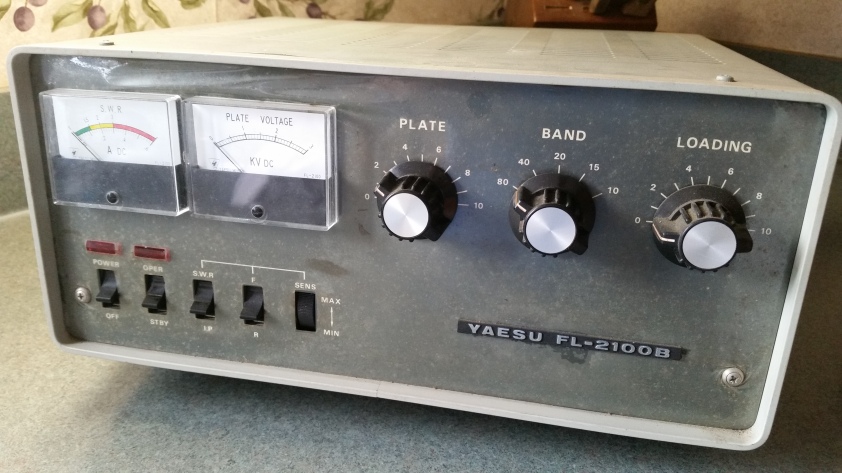My dad earned his amateur radio license in 1950 when he was 10 years old. His first station consisted of a Collins transmitter and receiver into a long wire antenna. From the QSL cards that survived, he worked the world with those radios. The hobby led him to being a radioman in the US Navy after high school.
During a recent trip home, I took possession of what is left of dad’s radio station, the one I remember as a small boy.
Now I am stepping back in time to see if I can get the station back on the air. There has been no power applied to anything since the late 1980s. The electrolytic capacitors probably are dry as bone. The tubes probably are tender too and will require a lot of TLC and a variac to get them going again.
Yaesu FT-101B HF Transceiver
This is one rugged radio. Without an amplifier, it will drive 260 watts sideband voice, 180 watts Morse code, and 80 watts AM voice. I’ll have to re-learn how to tune this radio because nothing on the market today works the way these radios did.
Yaesu FL-2100B Linear Amplifier
Probably an illegal power amplifier today only because it will operate on Citizens Band. For legal Amateur Radio use, it’s a 1,200 watt linear amplifier. It will generate 800 watts AM voice. Beast Mode.
Yaesu SP-101P “Landliner” Phone Patch and Speaker
Before satellite carried phone conversations across the oceans, there was the phone patch. My dad used this one to connect soldiers in Vietnam to their families back state-side. A friend wondered how many guys talked to their loved ones for the final time across this radio.
Astatic Model G “Grip-to-Talk” Desk Stand Microphone
I just love this microphone. It’s nickname is the Lollipop, for obvious reasons.
There are a few missing items, a MFJ CWF-2 CW Filter, MFJ CMOS-400 Electronic Key, and Dad’s Hy-Gain 5BDQ Multiband Trip Doublet.
If I can get all of it on the air, it will be a party like it’s 1975.







